Adopting a rescue dog can be a daunting challenge. Not only do shelter dogs carry the stigma of having something wrong with them (and many do have behavioral challenges), but rescue groups can sometimes feel difficult to work with. When it comes to dog adoption, I have lots of experience. In addition to having adopted three dogs so far in my life, I have fostered many more and provided adoption counseling for a local shelter. So, I put together a checklist of ten steps to follow when adopting a shelter dog that can set you up for success. From finding the right fit for your home to creating a solid foundation for a lifelong relationship, this chceklist covers everything you need to know before getting a rescue dog.
Things to Consider Before Adopting a Dog From a Shelter
A few things to keep in mind about getting a dog from a shelter. First, local rescues and the humane society are often inundated with animals in need, but their resources are often limited.They have the immense responsibility of sorting through applications and trying to determine who can provide a responsible home based on just a few questions. It’s not an easy task, so patience, kindness, and transparency will go a long way.
Secondly, dogs adopted from shelters can come from abusive or neglectful backgrounds. They might have poor socialization, and they might never have lived inside a home before. It’s important to be patient and remember that dogs do not inherently abide my human rules. It is your responsibility to guide them, teach them, and build their confidence.
Additionaly, a dog can be completely different from how they seemed in a shelter! Sometimes dogs are way more hyper, or they might be extra sleepy or aloof. It’s easy to feel overwhelmed or even let down, leaving you to wonder if you made the right choice or not. This is normal! Bringing home a new dog, especially a rescue dog, is chaotic. But there are things you can do to prepare, including creating the right mindset.
Lastly, if you decide to adopt a rescue puppy, keep in mind that you won’t know what to expect from it as an adult. You are not guaranteed size or temperament, especially if the puppy was rescued off the streets or born in the shelter. If you want something more predictable, I would recommend adopting a foster dog that is an adult, or seeking out an ethical breeder.
10 Steps to Adopting a Rescue Dog (And What to Expect)
Obvious reminder here, but it’s important to emphasize. Dogs are work. Before you decide to adopt a rescue dog, please make sure you are ready for the committment. Do you have the time, energy, space, and money for a pet? Dogs require patience, guidance, attention, and effort. Are you prepared for dog training and other pet care? Dogs have physical, mental, and emotional needs that need to be fulfilled beyond a walk around the block.
It’s important to remember this. When you bring home a dog, whether that’s a rescue or a new puppy from a preservation breeder, you will have to put in work. You’ll have to clean up poop, spend money on food and treats, learn how to train and work with your dog, and maybe lose a few items to chewing. If any of this sounds like a no go in your life, do not get a dog, no matter how much you love them or think they are cute.
But, if you are ready to deal with the lows of pet ownership as well as the highs, here are 10 steps to follow when rescuing a dog.
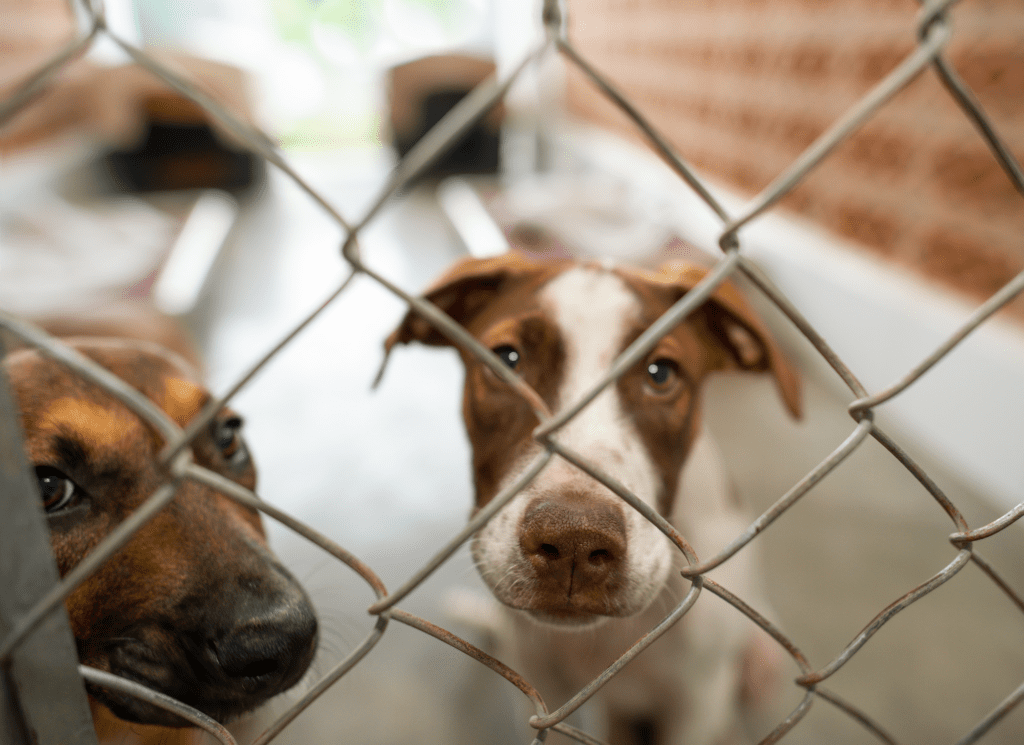
Step 1: Do your research.
Whether you’ve chosen to adopt or shop responsibly, the first step is to do your research. While it’s helpful to know what dog breeds you are interested in, it’s better to know what type of dog you want. Are you looking for an active working dog to compete in dog sports with? Or do you prefer a lazy lap dog who will want nothing more than to snuggle on the couch with you all day. Consider where you live and what your lifestyle is like. Do you have a yard? How busy is your neighborhood? How much time will you have to commit to walks and training? What sort of behavioral issues are you willing and able to work through?
Be honest about what you want and need.
The most important thing here is to be honest and to be realistic. No matter how much you love dog sports, do not adopt a high energy/high drive dog unless you actually plan to do dog sports. And if you don’t have the interest or time to commit to training your dog, a working dog breed is probably not the best fit for you. Other things to think about include potential grooming needs, health concerns, activity levels, and so on.
Consider your housing situation. If you rent, keep in mind a lot of breeds are banned from apartments and rentals due to insurance reasons, including “pit bull type dogs,” German Shepherds, Huskies, Rottweilers, and so on. Furthermore, lots of apartments have weight limits for pets, so ask yourself if you are willing to limit your housing options in the future should you adopt a bigger dog. Remember, puppies frequently grow to be bigger than people expect!
Another thing to consider when adopting a rescue dog is the needs and wants of the other people or pets living in your home. If you currently have a dog who does not get along with small dogs, that’s important to consider. Similarly, all humans in the house should be on the same page before you ever go looking at dogs. As an example, Brady hates super vocal/loud dogs, so finding a quiet dog was a priority for us.
2. Work with a local shelter or find a reputable rescue.
When adopting a rescue dog, you can work directly with a city or country shelter OR with a rescue. Keep in mind, rescues are not very regulated, so it is important to do your research just like you would when searching for a reputable breeder. I wrote about my experience with Margot’s breed-specific rescue, which has a lot of great tips for how to work with rescues in general.
It’s important to keep an eye out for red flags when adopting a dog, so here are some quality control questions you can ask:
- Do they utilize a foster system, or do they have their own facility? If they have their own facility, visit it first! Are the dogs in good condition? What does their daily care routine look like? If they utilize a foster system, make sure you have honest conversations with the foster family of any dog you might be interested in.
- Do they screen adopters? A good rescue will take the time to screen potential adopters to ensure their dogs are adopted into responsible families who are the right fit for the dog. This could include a phone interview, reference check, and even a home visit. It can be tiring and feel discriminatory (and stometimes it is discriminatory), but try to look at it from the rescue’s perspective: they are trying to find responsible homes for the dogs they have poured love and money into, and that is not an easy thing to do with people you’ve never met!
- Does the rescue offer adoption support? A good rescue will provide new adopters with resources and helpful information. They are there to help you solve problems and navigate the transition of bringing home a new dog. Good rescues will often offer a “grace” period where new adopters have a few days to make sure a dog is a good fit. If not, the rescue will take them back within that grace period and refund your adoption fee. This is because a reputable rescue wants to find the right fit for their dogs, not just adopt out as many dogs as possible.
- How does the rescue keep their dogs from entering the shelter system again? Many rescues will offer the same guarantee that a reputable breeder would: if, for any reason, you are unable to keep the dog at any time, they will take it back to prevent it from going to a shelter. Alternatively, they may have resources to help prevent owner surrenders, including temporary fosters, training support, and more.
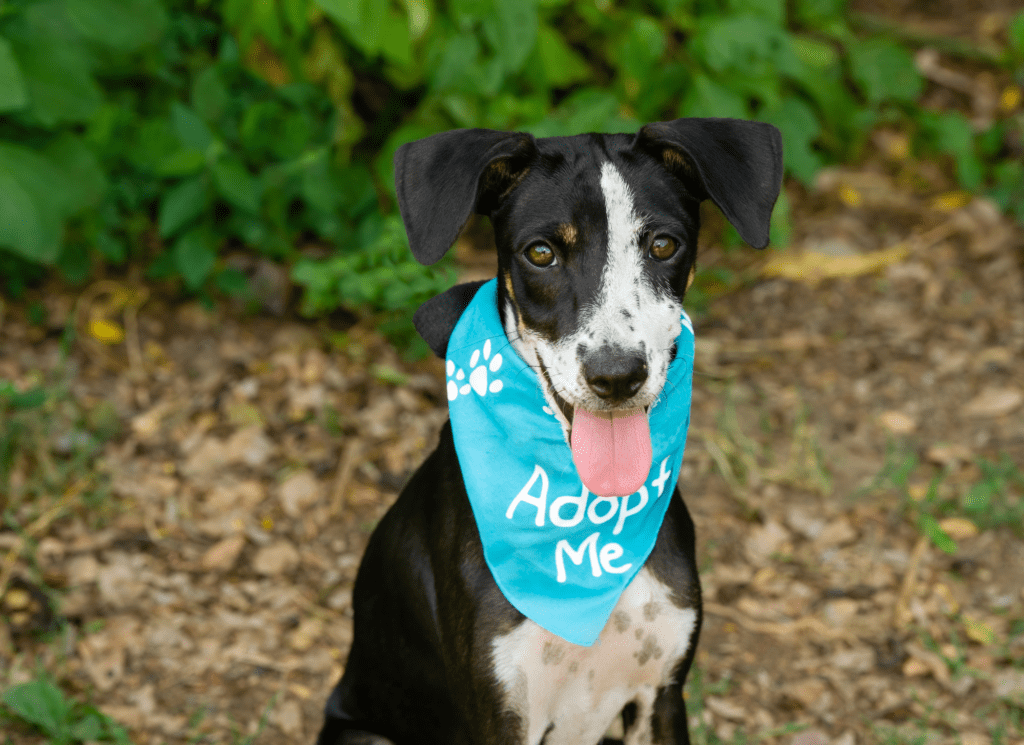

Work with the shelter or rescue to find the right fit
If you choose to adopt from a shelter, keep in mind that dogs are often VERY different in a shelter environment than they are after decompressing. While it can help to chat with shelter staff and volunteers about a dog, the best way to navigate this challenge is to foster a dog first. Fostering is a great way to get to know a dog before committing to adoption. If the dog is not the right fit, you just foster them until the right home comes along. This is significantly less stressful than returning a dog to a shelter. If, however, the dog is the perfect fit, you can go ahead and adopt them!
A rescue is a bit different, especially if they use a foster system. When working with a rescue, it is crucial that you are honest and upfront about what you are looking for and what your limitations are. If, for example, you have another dog, then finding a dog who gets along with other dogs is nonnegotiable. You can also let them know if you are interested in a dog who is cat friendly, high or low energy, a dog who is potty trained, and so on. Some dogs will even come out of a foster home with a few basic training skills!
Do not rush this step. When you take the time to find the right dog for your lifestyle, you set yourself up for a successful and happy future!
That said, remember that rescues are almost always volunteer run, and they might not be able to give you the one-on-one attention you would like. Their communication might not be ideal. You might feel frustrated to find the perfect picture of an available dog, only to learn they’ve already been adopted. Or, you might feel like you are being interrogated with the 50 questions you have to answer, the reference checks, the home visits. My best advice is to be patient and remind yourself that good rescues are doing the best they can. A dog’s wellbeing is a rescue’s top priority, and it should be yours as well.
3. Adopt the Right Rescue Dog for You.
Once you’ve found the right match, it’s time to finalize the actual adoption. This varies between shelters and rescues, with rescues usually having a longer process that can involve reference checks and home visits and sometimes even a background check. You’ll need to fill out all necessary paperwork and pay the adoption fee.
A few things to remember at the time of adoption:
- Make sure you get all vet documentation, from vaccination records to the rabies tag. This will be important to give to your vet.
- Check microchip information and make sure you know how to update the information on the chip to include your details.
- Ask the shelter or rescue about any medications your dog may need to wrap up, what food they are on, and if they have any favorite treats or toys. This can help with the next step in adopting a rescue dog!
4. Prepare to Bring Home Your Rescue Dog.
Before you bring your rescue dog home, it’s important to prepare. Make sure you have an X-pen or crate that is the right size, a collar and leash, dog beds, food and water bowls, toys, and all that fun stuff. For the first few weeks, I highly recommend walking your dog on a martingale, slip lead, or fitted harness to prevent any escapes. New rescue dogs can be very high flight risks, and it’s important to keep them safe while they learn who you are and what their new life will be like.
If there are areas of your house you don’t want your rescue dog to be in, now is the time to set up gates. It’s also helpful to create a safe, quiet space where your rescue dog will be able to decompress. This could be a crate with a cover, or a quiet room in your house.
5. Bringing home your new rescue dog.
Depending on whether or not your new rescue dog is coming from a shelter or a foster home, you may not want to go straight to your house. Shelters are very stressful environments, and dogs are often underexercised and overstimulated. It can be exceptionally helpful to take your rescue dog to a quiet park for a nice, long sniffari walk, if they are comfortable enough and physically able to do so. Let them sniff, explore, and just decompress. Don’t worry if they pull on leash or act a little psycho.
If your dog is coming from a foster home, however, chances are they are much better adjusted. Still, taking a quiet walk is a great way to bond with your new dog in a very low pressure situation. It’s also a great way to introduce new dogs and other family members without your new dog feeling “trapped” inside a house.
Once it’s time to get home, don’t just throw your dog into the house and call it a day. Monitor them while they explore your home at their own pace. You can always leave them on leash if needed, and either let them lead you around or let them drag the leash behind them. Make sure other pets are put away so there is very little pressure. The goal of these first few minutes, hours, and even days is to help your newly adopted rescue dog feel safe and comfortable in their new home.
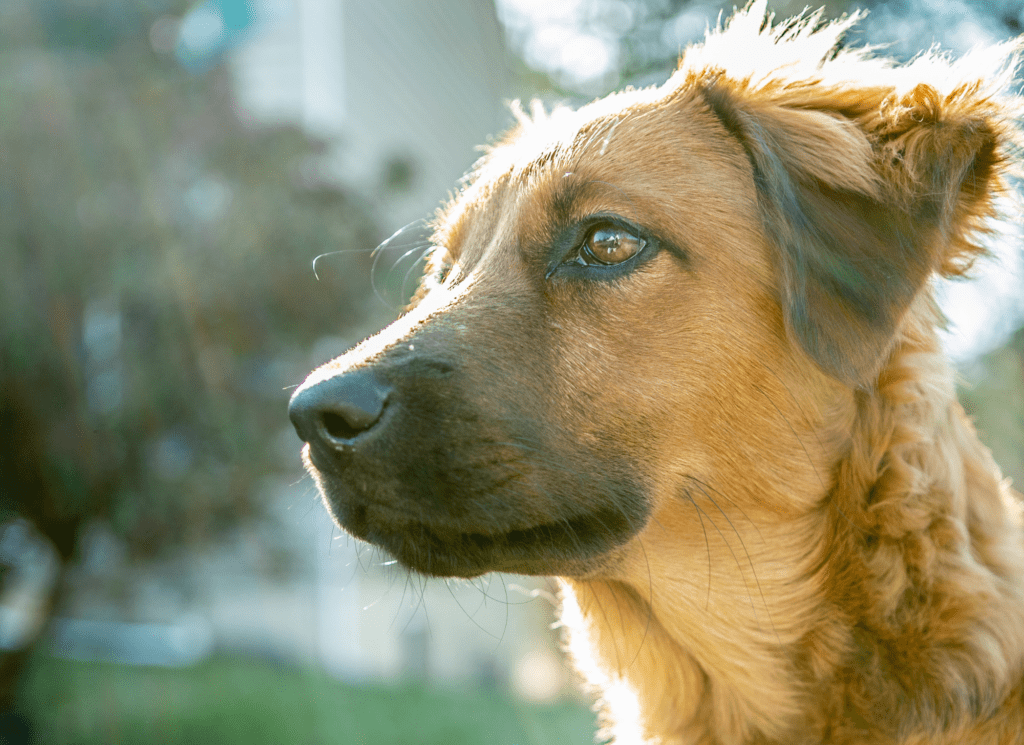

6. Give your Rescue Dog Time and Space to Decompress.
In dog rescue, there is something known as the 3-3-3 rule. Essentially, it takes 3 dogs for dogs to start to feel comfortable in their new home; 3 weeks for a dog’s true personality to start showing; and 3 months for a dog to fully settle in. This is, of course, just a guide. Some dogs settle in quite quickly. Others can take much longer than just 3 months to fully open up and relax.
Still, after adopting a rescue dog, it’s crucial to give them time and space to decompress. Your new dog may not be glued to your hip right away or even be interested in affection. They might not listen, they might sleep a lot, or they might potty in the house, even if their foster home said they were potty trained. There are phases of a rescue dog. Remember, this is an adjustment period, so it’s important to not expect too much from them.
While you can certainly establish some boundaries and shape some behaviors (IE creating positive associations with their crate), now is not the time for lots of training. Not only are dogs usually confused and uncertain in a new home, but they also won’t be very bonded with you yet. This can feel really disheartening– trust me, I know! But like any relationship, it takes time; time for you to get to know your dog, and for your dog to get to know you.
7. Establish a relationship with a vet.
Once your dog has started to settle in, it’s a good idea to set up an appointment with your vet. At this time, you can hand over any of the vet records you recevied at the time of adoption, and your vet can establish a baseline of care. If you are a brand new dog guardian, this is also the time to research vets and find one you like.
Keep in mind, vet visits are often extremely stressful for dogs, so it’s helpful to wait until your dog has settled in. Consider finding a certified fear free vet, too!
8. Start training.
After your dog has started to bond with you and is fully comfortable in their new home, it’s time to start training. I’m a big fan of training any and every dog, because it’s such a huge part of the bonding process and it makes life with a dog so much nicer. The first step you can take is introducing a reward marker. This could be a word or a clicker. From there, you can start training basic cues and fun tricks.
If, as your dog settles in, you notice behavioral problems, now is the time to start addressing them. This could include leash reactivity, separation anxiety, resource guarding, or anything else. I highly recommend working with a credentialed, qualified traininer when addressing behavioral challenges. You can find a certified fear free trainer in your area here!
9. Prepare to build confidence as needed.
Adopting a rescue puppy or dog often means adopting a dog with confidence issues. This could be sound sensitivity, lack of exposure to new surfaces, or even poor socialization. Once your dog is settled in and you’ve started training, you can work on building their confidence as needed. Honestly, one of my favorite feelings is watching a nervous dog grow more confident. When we first adopted June, she was afraid to go for walks on leash. Today, her enthusiasm for walks is like a 15 out of 10!
During those first few months together, it’s helpful to make note of the things that scare your dog or make them nervous. Is it new people? Other dogs? Loud cars? These are areas you can work on building confidence in.
Don’t just assume your new dog will be comfortable doing to restaurants and bars, or they they will be excited to go swimming at the lake Oftentimes, confidence building is a life long journey. But, the more often your dog positively overcomes a fear, the easier it will become for them. AND, their trust in you will get stronger.
10. Enjoy your new best friend
The best part about adopting a rescue dog is the life you get to have together. No matter how long or short that time is, it’s always an amazing relationship that you won’t ever forget! You can even take the time to learn your dog’s love languge!
Remember, caring for a dog is a journey, not a destination. There will always be new challenges, new training goals, and new adventures. So enjoy them!
How To Successfully Adopt a Rescue Dog: Pin it For Later
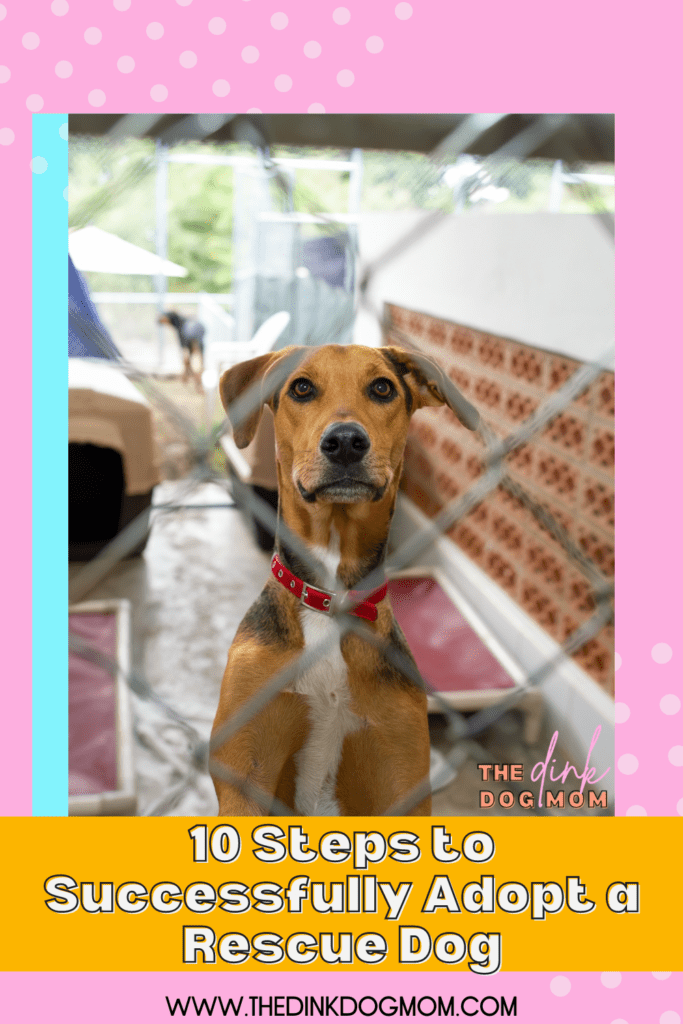


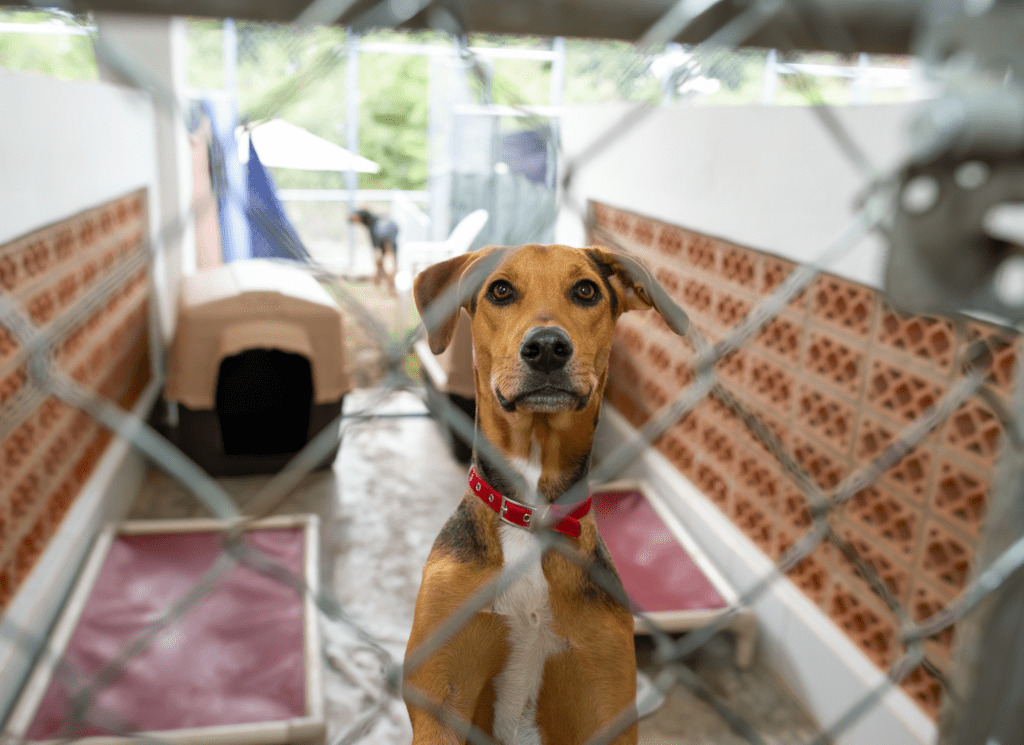




One Response
Outstanding guide for anyone looking to adopt a rescue dog! The 10 steps outlined in this article are comprehensive and well thought out. Thank you for providing such valuable information and for promoting the adoption of rescue dogs.